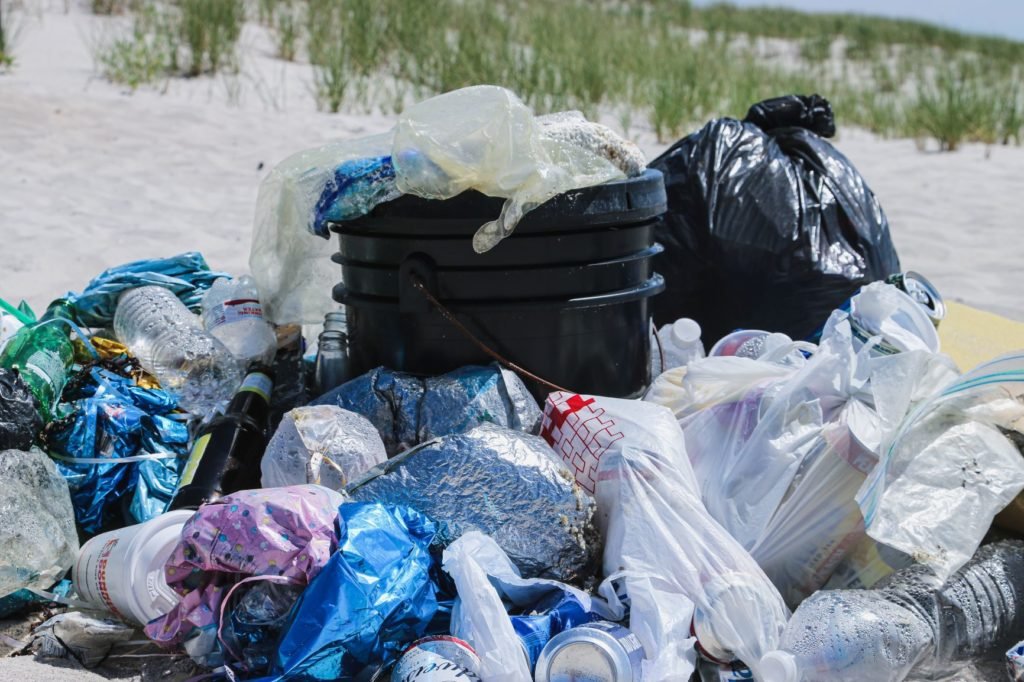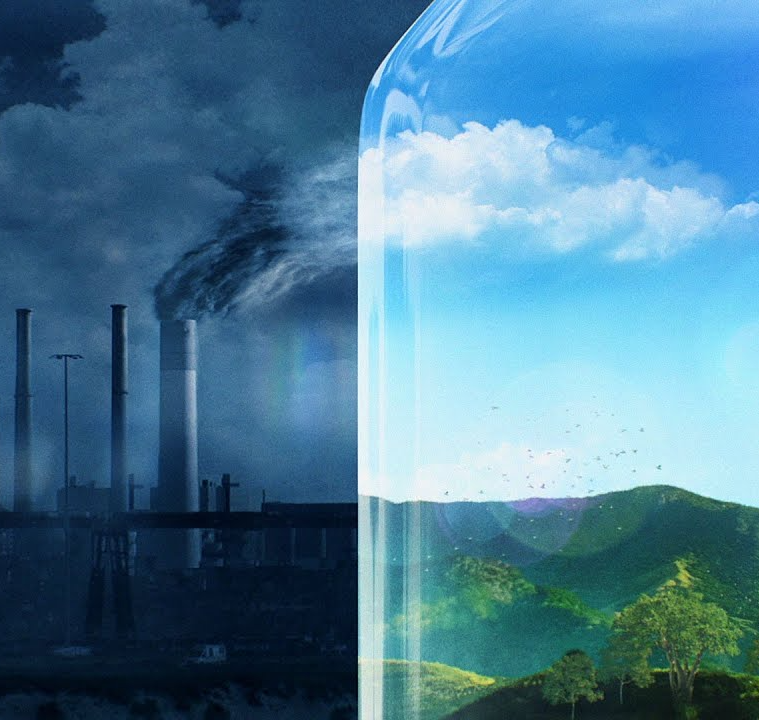In the past decade, products marketed as sustainable are driving product and category growth. In a study done by NYU researchers it was found that across all categories, sustainable companies delivered $113.9B in sales in 2018 which was +29% from the beginning of the decade in 2013. Further, while sustainability-marketed products are only 16% of the market, they delivered more than half of the market growth in 2018.
There’s so much money in the sustainable market, it’s no surprise large corporations have joined in on the ‘green’ movement. But what is their definition of green? Does it vary from company to company? How can you be sure it’s not just a marketing strategy to sell more products?

“This concept is defined as Greenwashing. Cambridge dictionary defines greenwashing as: behavior or activities designed to make people believe that a company is doing more to protect the environment than it really is.”
In other words, greenwashing is a business strategy of marketing a product as sustainable to appeal to consumers without actually doing the work or spending the money to BE sustainable. Not only is greenwashing misleading, it actually deters from the sustainable movement and delays innovation for corporate sustainable initiatives.
To give an example, take Fiji water. Many bottled water companies heavily rely on images of mountains and lakes, but none push the “environmentally friendly” tagline as Fiji water. Keep in mind that only 31% of plastic bottles end up recycled. Those that are not recycled equate to millions of tons of garbage.
Fiji water claiming that it is “bottled at the source and untouched by man” really just overlooks what it really is, plastic. Not only do the bottles take 450 years to degrade, but the emissions that come from shipping Fiji water from Fiji to around the world is also detrimental to the environment. This video by the OCC dives deeper into the Fiji problem and gives great insight into greenwashing.
Greenwashing is manipulative. An article by Leyla Acaroglu on medium.com gives the example of Earthstrength environmental bags. This Australian company promoted its new ‘biodegradable’ bags which they claimed to be able to compost in 28 days. However, the bags just broke into smaller pieces instead of actually composting and required a special digester designed to create conditions for biodegradation. They were ordered by the Federal Court of Australia to stop selling the product and were made an example of greenwashing. Australia even went as far as to outlaw greenwashing in 2011. In their “Green marketing and the Australian Consumer Law” booklet it states,
“Businesses have an obligation not to engage in any conduct that is likely to mislead or deceive consumers. Note that the conduct only needs to be likely to mislead or deceive; it does not matter whether the conduct actually misled anyone, or whether the business intended to mislead—if the conduct was likely to mislead or deceive, the ACL is contravened.”
Further, “In addition to the general rule against misleading or deceptive conduct, the ACL prohibits a variety of false or misleading representations about specific aspects of goods and services.” They then state that companies can be fined $1.1 million for false environmental claims.

While I applaud Australia for its efforts to fight greenwashing, this is not the universal standard. So how do we stop it? Our dollars as consumers is the greatest tool we have.
As Acaroglu said, “We can continue to pressure corporations to create truly viable, post-disposable, sustainable and circular design solutions by changing our own habits and behaviors to support the more sustainable options.”
Only when we stop buying products, companies stop producing them. It’s up to us to hold companies to a higher standard and to force them to back their claims of ‘green’. The best thing you can do is be certain that you as a consumer are only supporting actual sustainable brands.
This is easier said than done. With so much green marketing floating around it can be hard to tell which products are legit. Australia implemented two important schemes that regulate environmental claims are the Equipment Energy Efficiency Program and the Water Efficiency Labelling and Standards Scheme. Both require household goods and appliances to be labeled with an approved energy label or water efficiency label. The more stars the label has, the greener the product is.
Not all products have a sustainability rating. Until then, it’s up to us to consume intentionally. You can use our checklist to be sure you are avoiding greenwashing:
1. Read the fine print!

Double-check green claims. Are they vague? That’s a tell-tale sign of greenwashing. Further, if you feel that the “green” marketing is being exaggerated, it’s probably a product of green-washing. Try going to their website and looking for specifics behind their green claims.
2. What does the packaging look like?
Packaging can reveal all sorts of information about how green a product really is. Next time you go to the market, take note of how many green products are packed in plastic! Truly green companies will provide minimal or recycled packaging.

3. Research!
There are hundreds of online blogs and forums that rate or suggest products that are sustainably responsible. (Check out OlaImpact’s sustainable guide to London/Barcelona!) However, typing (company name) greenwashing into google can also effectively tell you if the company has a history of greenwashing or not.
4. Buzzwords

Buzzwords are marketing tools that companies can put on the packaging to draw the consumer in. Words such as organic, green, earth-friendly, and natural can all be used in a broad sense and can mislead consumers. Again, do your research to determine if the product is actually safe. Just because something is ‘natural’ doesn’t always mean its good!

5. Irrelevant graphics
Are the graphics all green? Is the packaging covered with pictures of nature? Does the product have nothing to do with sustainability other than the graphics? Fiji water is a perfect example of this. Covering single-use plastic with a picture of a lush, green island is greenwashing.
6. Event sponsors/donors

Just because a company sponsors a green event does not mean they have a clean record when it comes to sustainable practices. What have they been doing the other 364 days of the year? Further, some companies promise to donate a certain amount of profit to an environmental cause but the amount they donate is only a fraction compared to what they make off the campaign. Jeff Bezos is an example of a greenwashing donor. Yes, he promised $10 billion to the environment, but that’s in comparison to his $116 billion dollar net worth.
7. Fairtrade products are usually good
Products and companies that utilize fair trade are usually safe. Otherwise, companies could be claiming to be green while outsourcing production to a sweatshop in China. Try to know where you are buying from. This can also fight the wasteful fast-fashion industry.
8. Gut reaction
Trust yourself! If you feel that a product is a result of greenwashing, don’t buy it. If it seems like a company is bullshitting, they probably are bullshitting. Find companies that you can trust and build a consumer rapport with. Spread the word about these great companies and help fight corporate greenwashing. It takes all of us to change the world!

